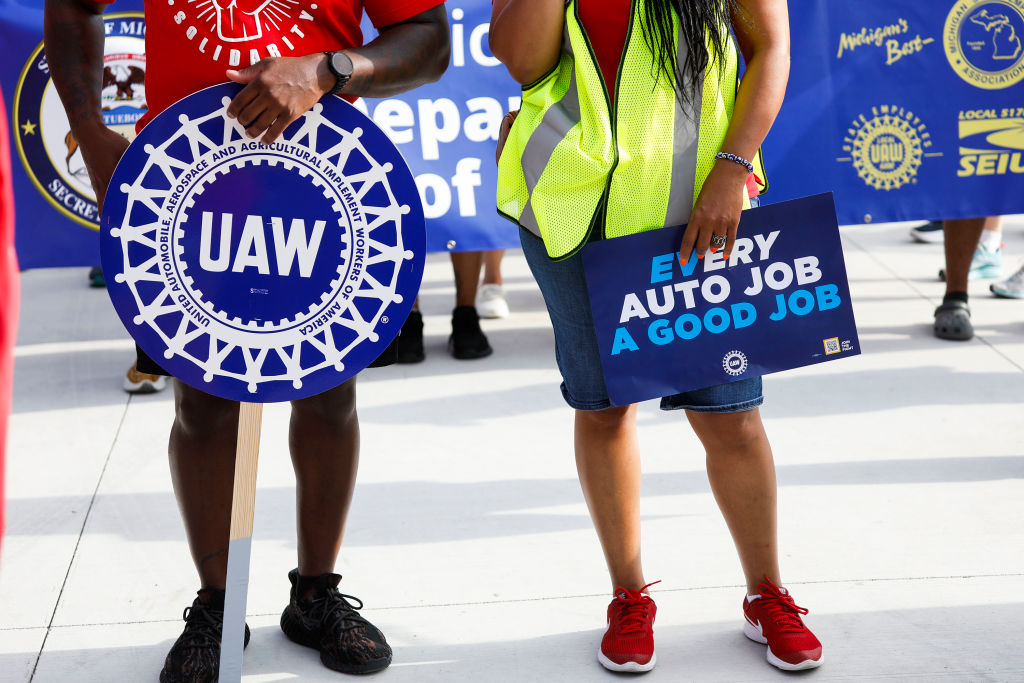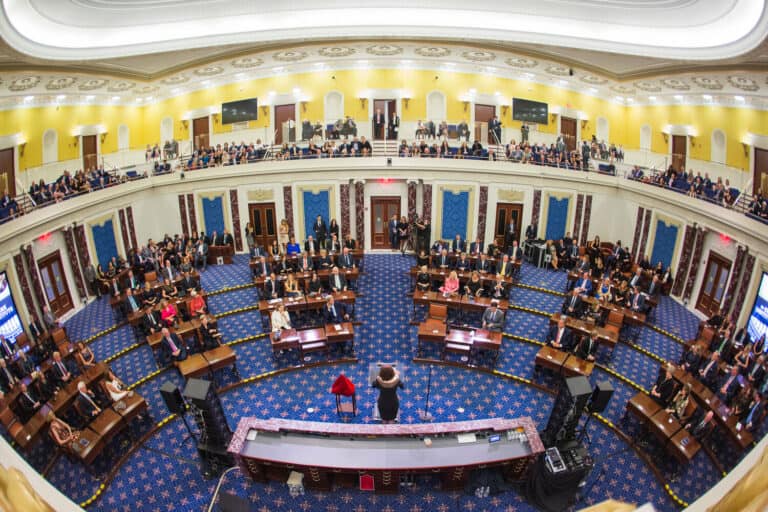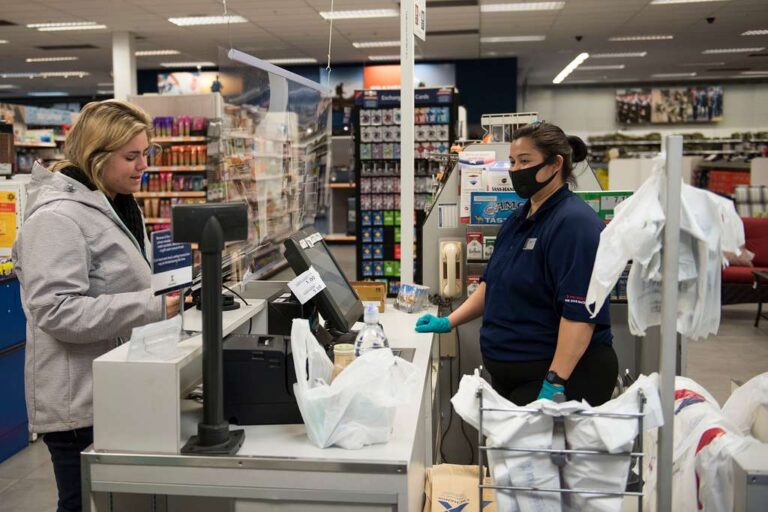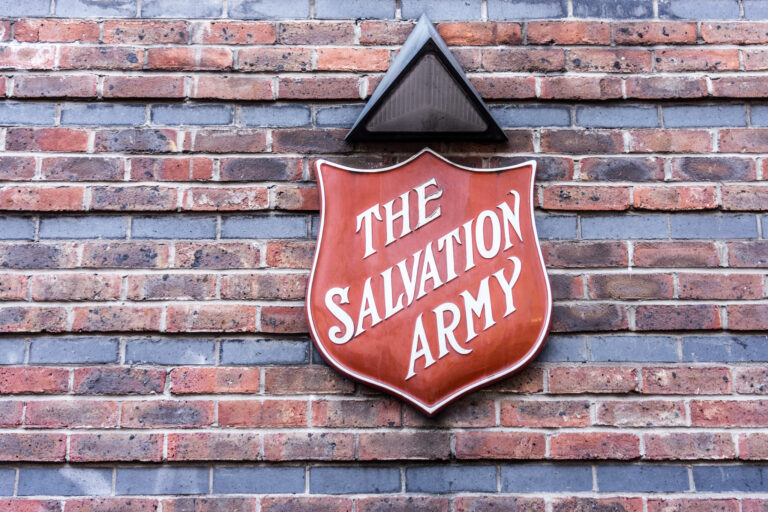
Ajayan Williamson is a student at Harvard Law School.
In today’s news and commentary, UAW declares victory in contested election at Kentucky battery plant; NLRB is down to one member for now; and public approval of unions remains near record highs nationally.
Yesterday, the United Auto Workers (UAW) claimed victory in a close election at a plant in Kentucky—but contested ballots could change the outcome. The plant was launched by BlueOval SK, a joint venture of Ford and South Korean company SK On, to produce batteries for electric vehicles. The union campaign has been underway since last November, and the UAW has accused the company of “an aggressive union-busting campaign” involving firings, retaliation, and “unlawful closed-door meetings to intimidate workers.” There is currently a 14 vote lead in favor of unionization—526 to 515—but that doesn’t include the 41 ballots the union claims were cast by ineligible workers. The eligibility of those voters could determine the final results of the election.
That dispute may be resolved by a hollowed-out NLRB. As Bloomberg Law reports, yesterday also marked the end of the term of appointment for NLRB member Marvin Kaplan. Kaplan was appointed during President Trump’s first term, and Trump elevated him to Chair after the purported firing of Gwynne Wilcox earlier this year. The expiration of Kaplan’s term leaves the NLRB down to just one member, for only the second time in the entire history of the Board. This state of affairs may be short-lived if Trump’s NLRB nominees are confirmed by the Senate when it returns from its August recess—but Kaplan’s exit gives Trump yet another opportunity to continue reshaping the Board. Regardless, as Marina explains, election disputes can still be resolved by a Hearing Officer or Regional Director before getting appealed to the Board, but BlueOvalSK might refuse to bargain while unresolved appeals are pending.
Finally, yesterday Gallup released the results from its yearly poll of public opinion on unions. This year, 68% of adults approved of labor unions. That figure reflects major changes over time. Gallup began the poll in 1936; public approval of unions hit its lowest point on record in 2009, clocking in at 48%. But public opinion steadily improved over the next decade, hitting 68% in 2021 and remaining steady at similar levels until today. Prior to the 2020s, union approval had not been this high since its peak in the 1950s and 60s. Despite multiple years of near-record approval, however, union membership has gone essentially unchanged in recent years: just 15% of respondents lived in a union household, and just 9% were members of a union themselves.






Daily News & Commentary
Start your day with our roundup of the latest labor developments. See all
October 30
Sweden’s Tesla strike enters its third year; Seattle rideshare drivers protest Waymo’s expansion in the city.
October 29
9th Circuit rejects challenge to NLRB's constitutional structure; preemption challenges to state labor peace statutes
October 28
Two federal unions oppose CBA cancellations, another federal union urges Democrats to end the government shut down, and Paramount plans for mass layoffs
October 27
GM and Rivian announce layoffs; Boeing workers reject contract offer.
October 26
California labor unions back Proposition 50; Harvard University officials challenge a union rally; and workers at Boeing prepare to vote on the company’s fifth contract proposal.
October 24
Amazon Labor Union intervenes in NYS PERB lawsuit; a union engages in shareholder activism; and Meta lays off hundreds of risk auditing workers.